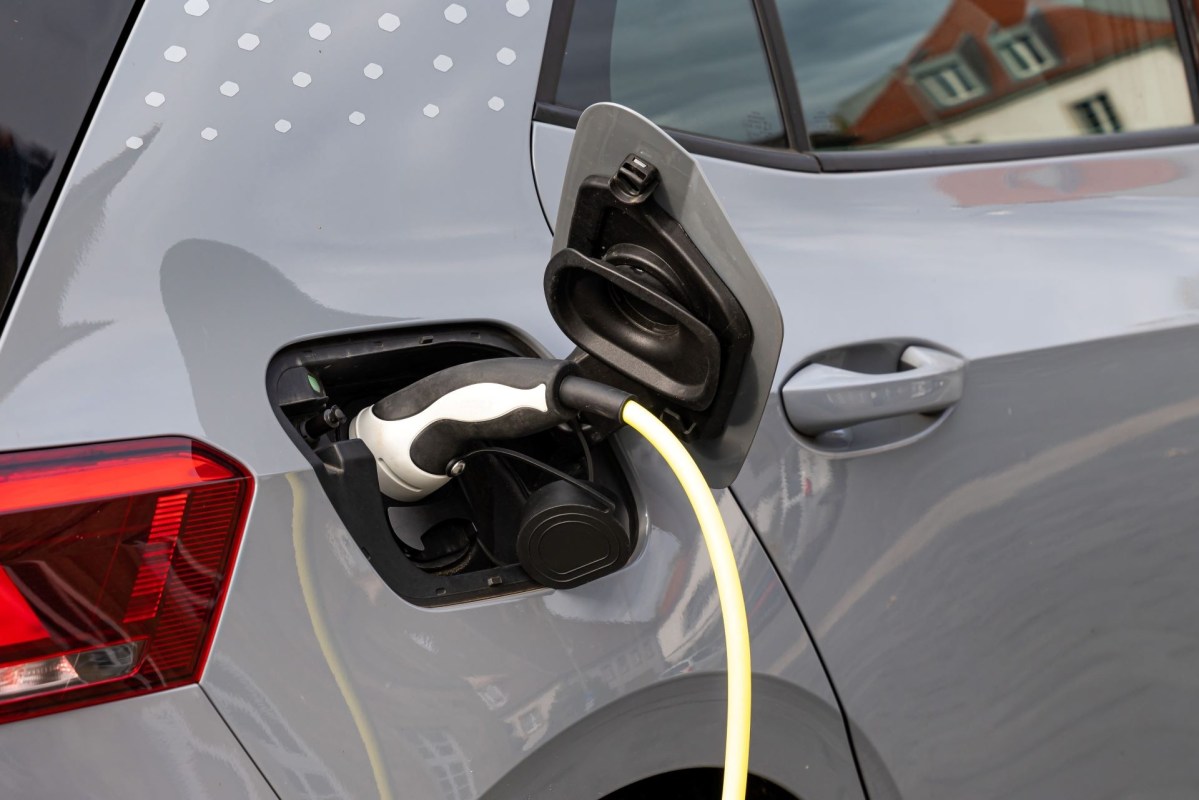Most Americans consider electric vehicles (EVs) luxury purchases, largely thanks to the Tesla brand. And while EVs currently cost more than traditional gas-powered cars, the average cost of an EV is plummeting.
The New York Times recently reported that EVs could reach price parity with gas-powered cars as early as this year. But what's behind the drop in electric vehicles' cost?
Driving down the cost of EVs
Thanks to the Inflation Reduction Act, you can get up to a $7,500 tax credit when you buy a new EV. And if you swing for an older or used EV, you could still qualify for a $4,000 credit.
Not all EVs qualify for these tax credits — they can't be too expensive. Because of this, many automakers are driving down the costs of their EV offering so that buyers would be drawn to the additional savings.
Ford and Tesla have already lowered some EV prices so that some models could qualify for the tax credit. Tesla has dropped its prices on some models five times this year alone.
But tax credits aside, electric vehicles are becoming more affordable as technological innovation improves and more manufacturers enter the market.
This is why by next year, Tesla has said that its next-generation EV would cost somewhere between $25,000 and $30,000.
The EV manufacturing giant won't be alone, however. More new EV models coming out in the next few years will cost under $30,000, with many coming in below the price of the average new car.
Both Fisker and Volkswagen are promising that they'll offer EVs costing at least 30% below this average price point.
So while EVs might seem expensive today, soon they'll be as affordable as any other car on the road.
Join our free newsletter for weekly updates on the coolest innovations improving our lives and saving our planet.









